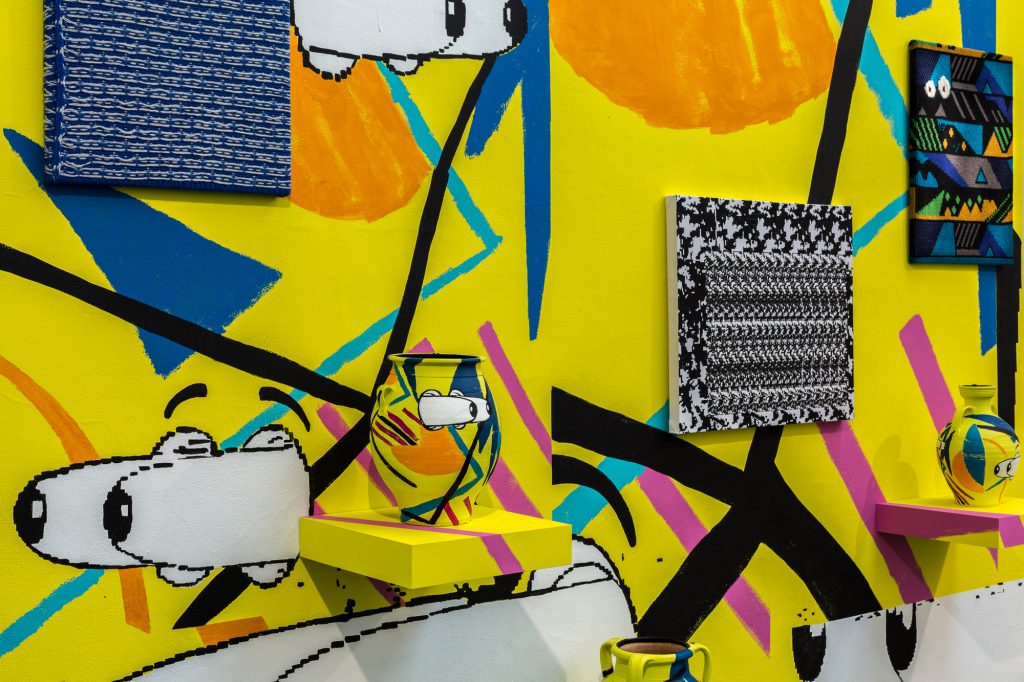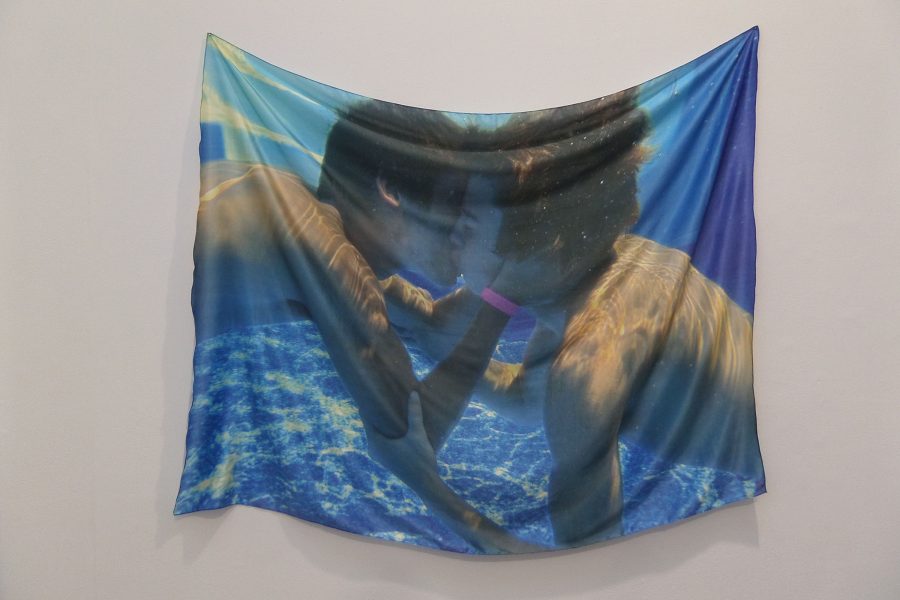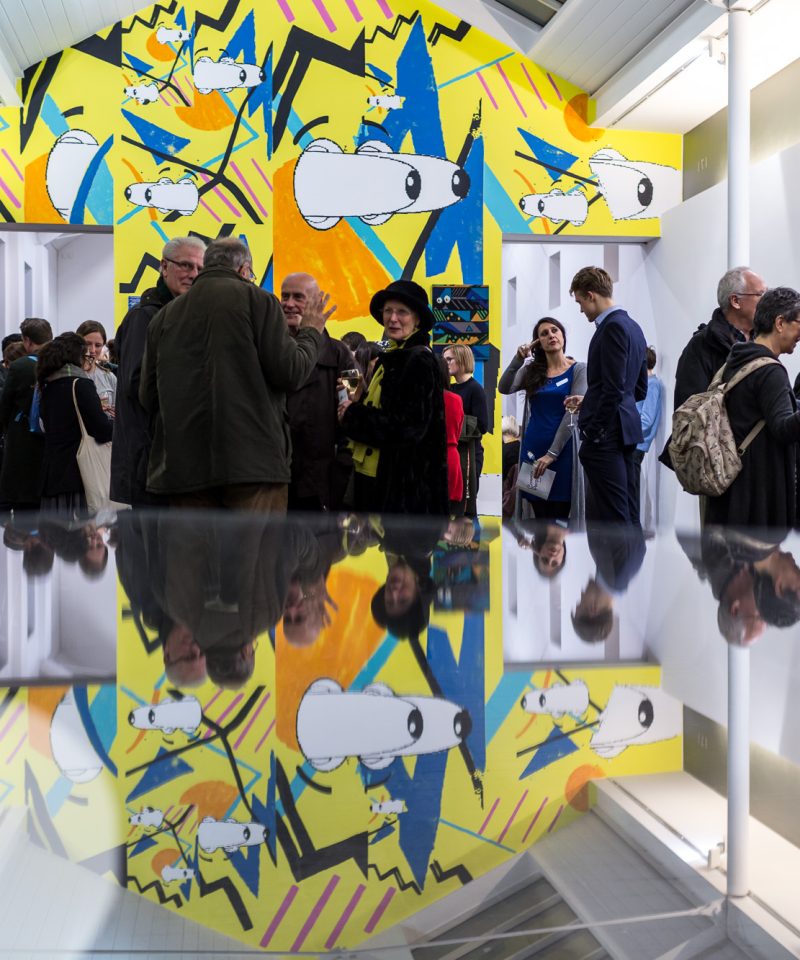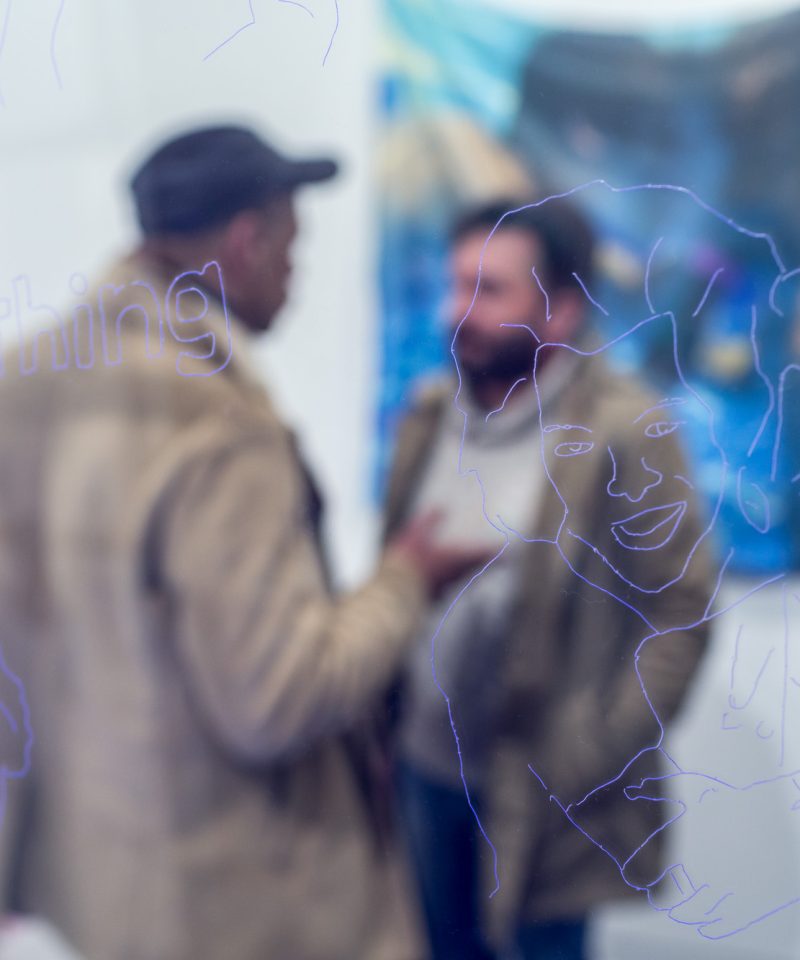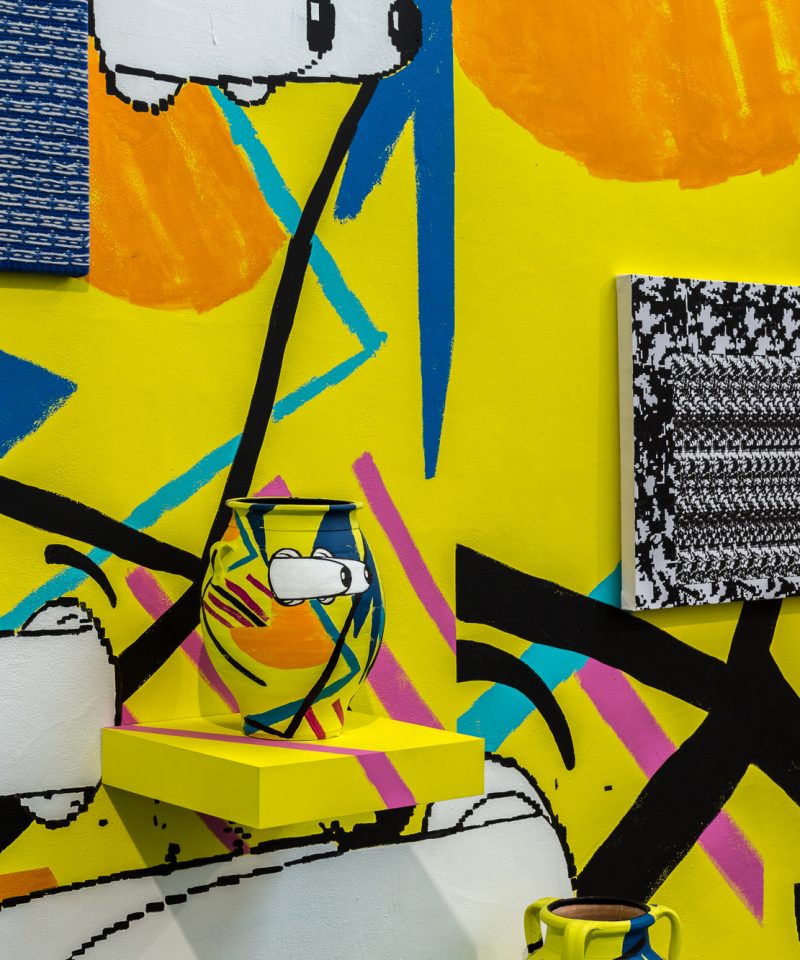Jerwood Encounters: Common Property is an exhibition about contemporary artists and copyright curated by Hannah Pierce. While it’s installed in the Jerwood Space on Union Street, London (15 January – 21 February 2016), I’m going to use this blog to publish a series of three interconnected essays about One Direction, magic eye pictures, Marcel Duchamp, John Berger, Kirill Medvedev, Alexander Pope, and how copyright law and creativity have been intertwined for at least the last 300 years. This is the first.
I’m writing this on a stackable chair with four steel legs. The wood-veneer seat is of one, curved piece with the back, and there are symmetrical cutaways roughly where my hips are. Something very like it – Arne Jacobsen’s 1952 Ant chair – costs £296 from the Danish furniture company who own the design. If the one I’m sat on were worth anywhere near that, the previous tenants of my flat wouldn’t have left it behind. The differently shaped, less severe cutaways allow it to have most of the functionality of Jacobsen’s design without infringing upon his intellectual property. Copy Right, a 2006 piece by the Danish artists’ collective SUPERFLEX which features in Common Property, takes on this precise story by sawing the silhouettes of similar chairs back down to something close to an Ant Chair. The sawdust and excess wood sit on the floor just below; giving a physical, and appropriately messy form to the concept of ‘intellectual property’. In a few grams of otherwise worthless material, it represents the grounds for what could be an extremely expensive law suit.

The work pinpoints the almost metaphysical question at the core of copyright: even if you pay your £296, you own a chair, but not the right to reproduce it. There is a clear separation of idea and object at work here. Interestingly, and perhaps unsurprisingly, the Washington State University page on plagiarism connects the philosophy of René Descartes (1596–1650) – and his famous assertion ‘I think therefore I am’ – directly to the development of intellectual property legislation.
Whether or not there’s anything in that, the laws which govern SUPERFLEX’s activity began to take shape in the century after Descartes’ death, as a way of responding to the copying abilities of the printing press. The British Government’s 1710 ‘Statute of Anne’ is generally recognised as the first real piece of copyright legislation. Visual artists like William Hogarth (1697 – 1764) were demanding greater commercial control over their images; a law was passed in 1735 in response.
As I’ll explore in later posts, Common Property is partly about artists responding to digital reproduction by blurring the boundaries between artistic and legal creativity. Centuries before, mechanical reproduction stimulated the same energy and cunning.
In a delightfully grubby episode entirely of his own engineering, the poet Alexander Pope (1688–1744) anonymously released a cache of his letters to the publisher Edmund Curll (d. 1747), a long-standing adversary who was soliciting material for a pirated Pope biography; Curll ‘took the bait’[1] and published them in 1735. Pope’s hand now appeared forced into publishing a ‘correct’ edition of his own letters. By 1737, an undeterred Curll had published five volumes of Pope’s correspondence from a Covent Garden shop that used the poet’s head as a sign.[2] When he published Dean Swift’s Literary Correspondence in 1741, a volume including letters between Pope and Jonathan Swift, Pope took him to court, claiming rights over both those he’d sent and those he’d received. According to the academic Mark Rose, Lord Chancellor Hardwicke’s decision marked ‘an important moment in the production of the concept of intellectual property […] in the court’s response, the essentially immaterial nature of the object of copyright was born’:[3]
It is only a special property in the receiver, possibly the paper may belong to him; but this does not give a licence to any person whatsoever to publish them to the world, for at most the receiver only has a joint property with the writer.[4]
As the academic Tim Padfield points out, Lawrence Sterne put it more concisely in Tristram Shandy (1760–7): ‘the sweat of a man’s brows and the exsudations of a man’s brains, are as much a man’s own property, as the breeches upon his backside’.[5]
Now we’re back on the subject of seating, SUPERFLEX made Copy Right as a continuation of the themes of another 2006 work, Guaraná Power. This work was made for the Sao Paulo Biennial, but barred at the last minute at the insistence of the multinational drinks company whose copyright it infringed. SUPERFLEX’s web page incorporates the story into the work by obscuring brand names with black rectangles. It’s the aesthetics of censorship we associate with a twentieth-century state at war, put in service of fizzy pop. The intention had been to work in collaboration with the farmers of guaraná, the energy drink ingredient, to highlight how manufacturers were increasing their profits while reducing what they paid the farmers. If eighteenth-century poets or painters needed to be supported as the originators of works which then went through various technological processes as it is mass-produced into the market, aren’t guaraná farmers the originators of the drink in which their produce is the active ingredient? That’s clearly not how it works. The deciding factor seems to be what part of the process we decide to value more, and for what reasons. It’s an issue I’ll try explore in my next post in relation to Owen G. Parry’s work in the exhibition, which draws on the relationship the band One Direction have with their fans.
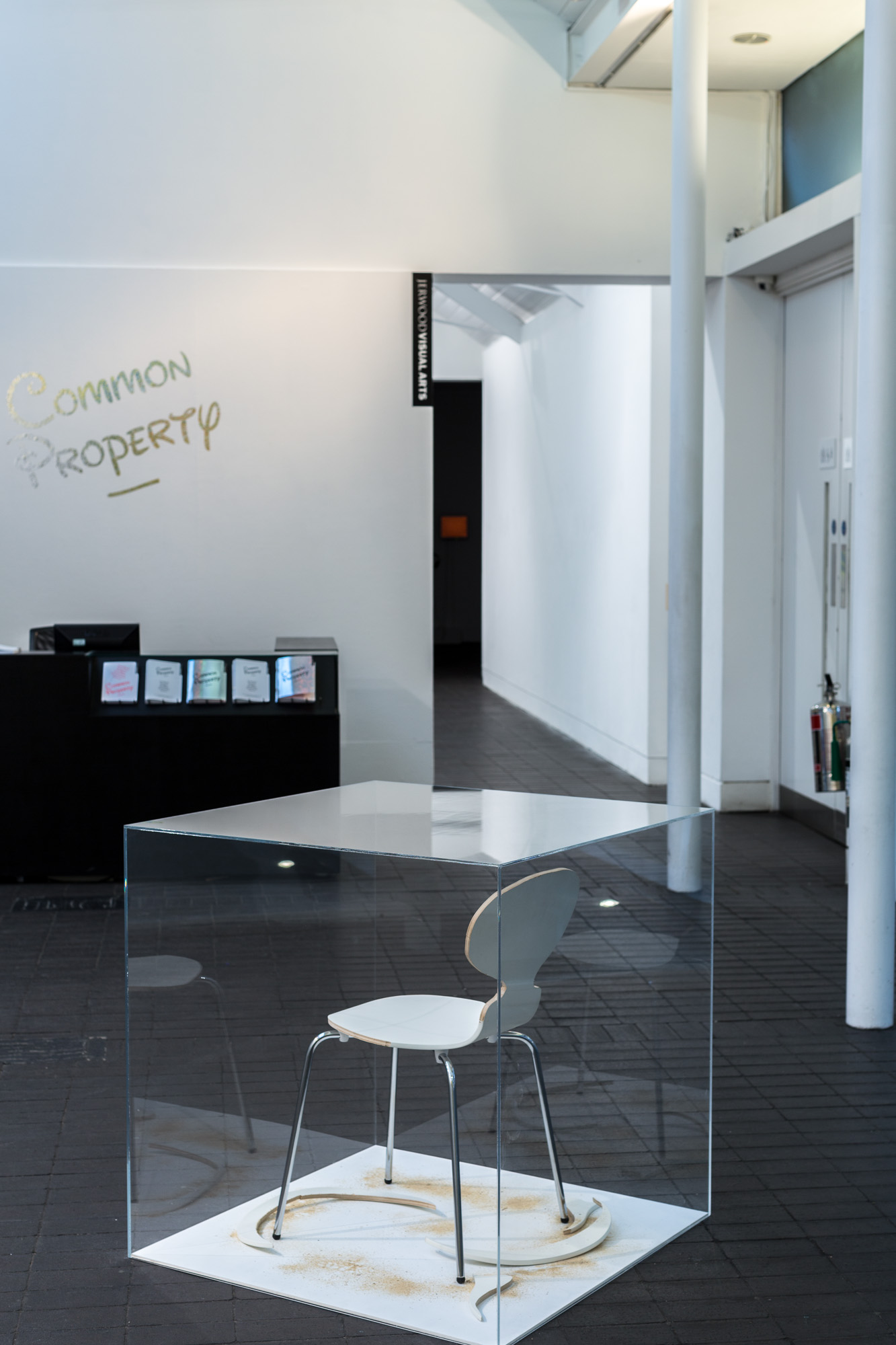
[1] Howard Erskine-Hill, ‘Pope, Alexander (1688–1744)’, Oxford Dictionary of National Biography, ed. by H. C. G. Matthew and Brian Harrison (Oxford: Oxford University Press, 2008) <http://www.oxforddnb.com/view/article/22526> [accessed 17 August 2011].
[2] Raymond N. MacKenzie, ‘Curll, Edmund (d. 1747)’, Oxford Dictionary of National Biography, ed. by H. C. G. Matthew and Brian Harrison (Oxford: Oxford University Press, 2008) <http://www.oxforddnb.com/view/article/22526> [accessed 17 August 2011].
[3] Mark Rose, ‘The Author in Court: Pope v. Curll (1741)’, Cultural Critique, 21 (1992), 197– 217 (p. 198).
[4] PRO C11/1569/29, cit. Irene Tucker, ‘Writing Home: Evelina, the Epistolary Novel and the Paradox of Property’, ELH, 60 (Summer, 1993), 419–39 (p. 419).
[5] Laurence Sterne, The Life and Opinions of Tristram Shandy, Gentleman [1760-7], ed. by Ian Campbell Moss (Oxford: Oxford University Press, 2009), p. 177.
